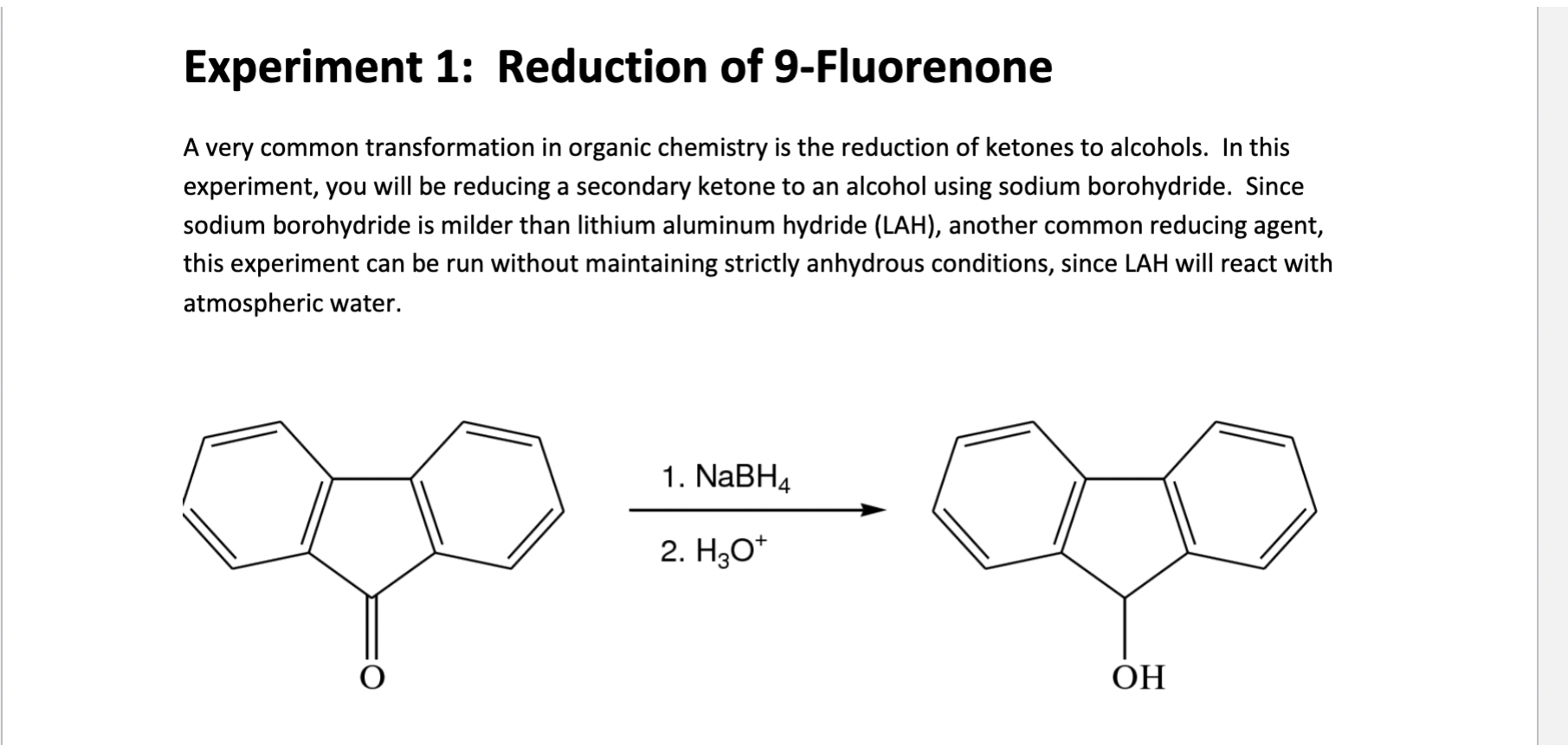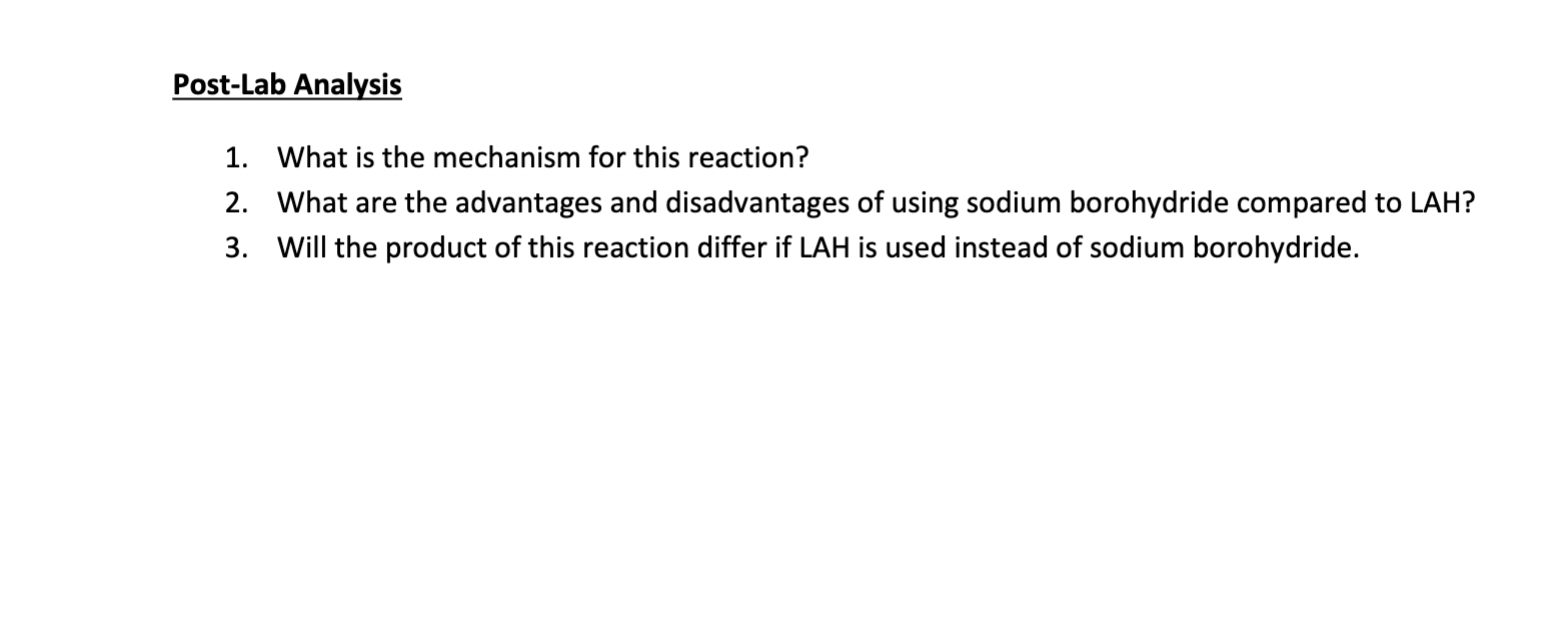Answered step by step
Verified Expert Solution
Question
1 Approved Answer
please I need help with question 1, 2 and 3, if you can not answer all of them please answer at least 2 and 3.
please I need help with question 1, 2 and 3, if you can not answer all of them please answer at least 2 and 3. thank you, I'll give you thumbs up.

Step by Step Solution
There are 3 Steps involved in it
Step: 1

Get Instant Access to Expert-Tailored Solutions
See step-by-step solutions with expert insights and AI powered tools for academic success
Step: 2

Step: 3

Ace Your Homework with AI
Get the answers you need in no time with our AI-driven, step-by-step assistance
Get Started


